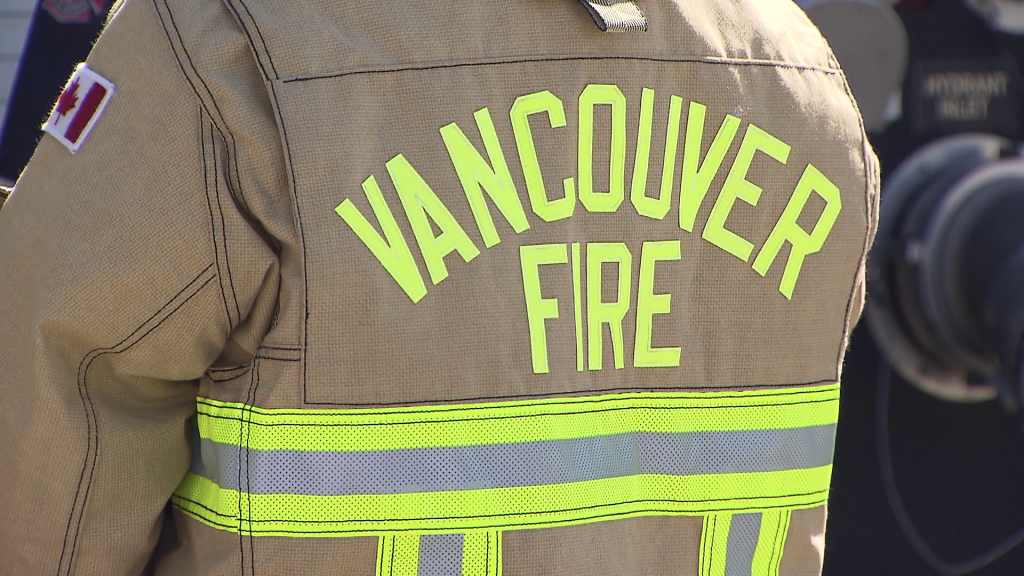Blood clots don’t have to be deadly: how to recognize signs and symptoms
Posted October 13, 2019 6:55 pm.
Last Updated October 13, 2019 7:00 pm.
VANCOUVER (NEWS 1130) — One in four deaths in Canada is because of conditions caused by blood clots, and a new campaign offers an easy way to remember the symptoms of a clot in your leg or lung.
Dr. Anna Rahmani with UBC’s faculty of medicine says clots can be prevented and treated and awareness of the signs and symptoms is crucial.
“What has become clear since we started our campaign is that definitely a significant portion of the population do not know about blood clots,” she explains. “We know from research that if we can identify individuals who are at high risk and if we can institute prevention methods we can actually stop clots.”
An awareness campaign was launched in the lead up to World Thrombosis Day, which is Oct. 13.
“Thrombosis is the most common vascular condition after heart attack and stroke. There are two types: deep vein thrombosis (or DVT, a clot in the upper or lower extremities) and pulmonary embolism (it happens when a piece of the blood clot breaks off and travels by the veins to the lung),” according to the St. Paul’s Hospital Thrombosis Clinic.
One tool they offer is a simple way to identify and remember the signs and symptoms of a clot.

Dr. Rahmani says these symptoms can come on suddenly or gradually, but a key sign that something might be wrong is when the symptoms persist.
“If the body is trying to speak to us it tries to get it’s message across. So pains that are worrisome don’t go away over a few minutes or a few hours. They tend to come back, they tend to get worse.”
People who are at a higher risk for developing blood clots include pregnant women, people who have been diagnosed with cancer, and people who have recently undergone surgery.










